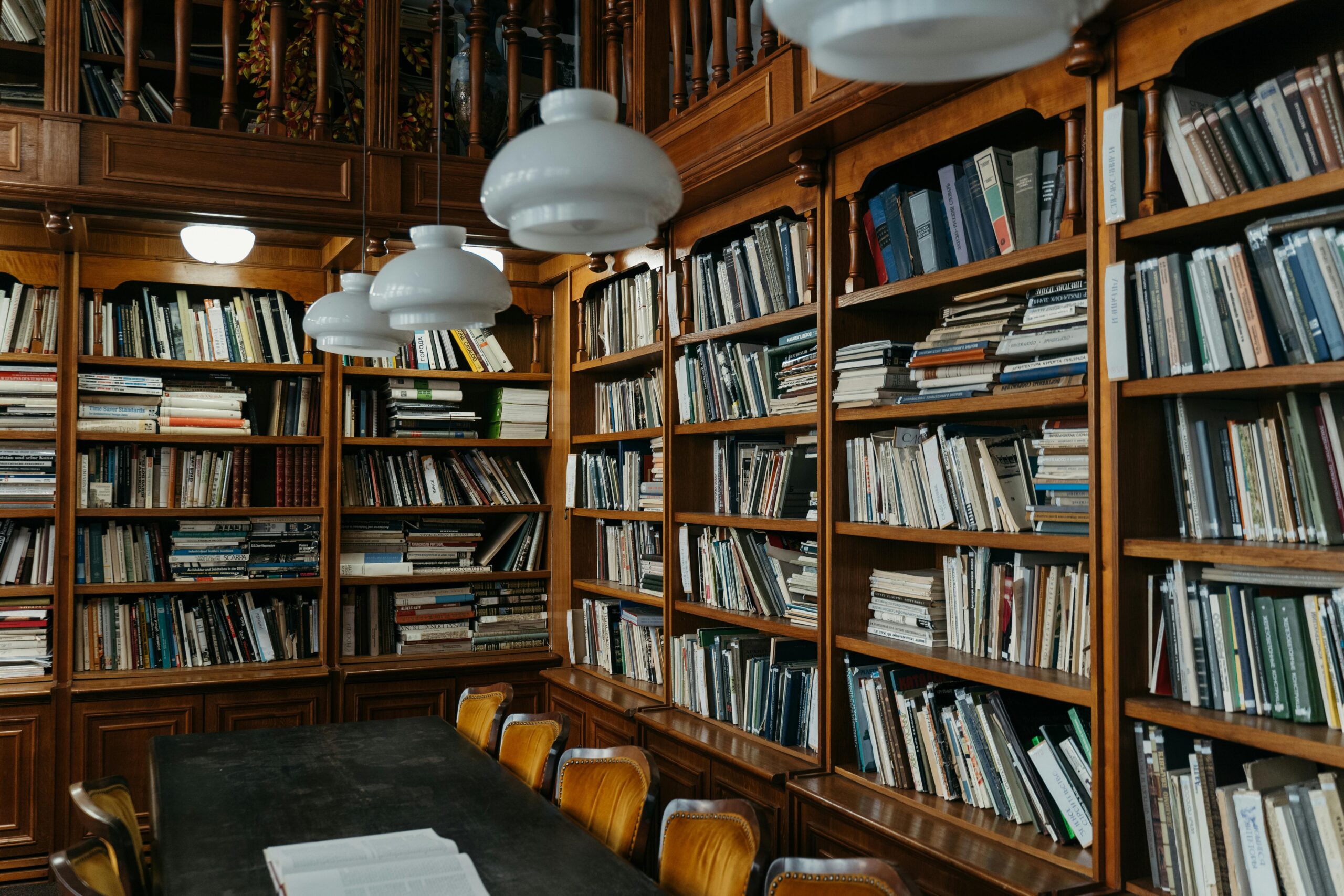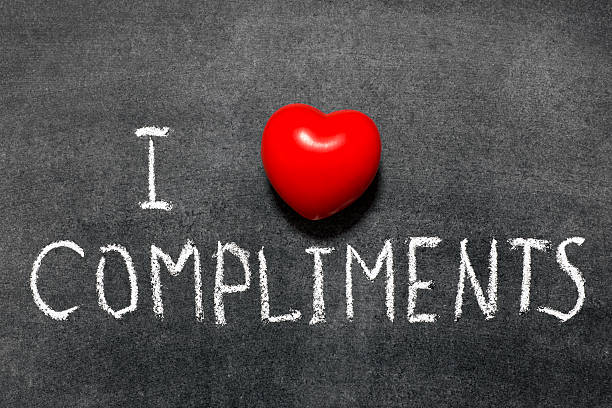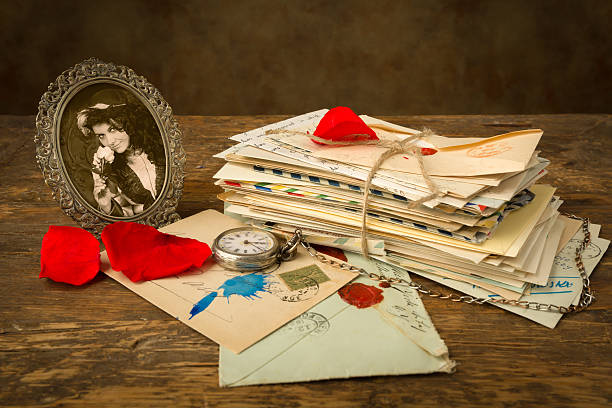Introduction: Understanding Human Behavior Through Literature
Classic literature offers a powerful lens through which we can explore human behavior. Many of the world’s most famous novels, such as Pride and Prejudice and Crime and Punishment, dive deep into the psychology of their characters. These stories allow us to understand the complexity of human nature, from emotional intelligence to social dynamics. By analyzing these books, we gain insights into societal norms, psychological traits, and how public behavior shapes—and is shaped by—individual actions. Whether it’s love, ambition, or rebellion, classic novels reveal how human behavior unfolds in public life and private moments.
The Intersection of Literature and Psychology
Classic literature and psychology go hand in hand. These books are more than just stories; they are rich psychological studies of human behavior. Authors like Leo Tolstoy, Fyodor Dostoevsky, and Jane Austen masterfully delve into the human psyche, exploring emotions, motivations, and moral dilemmas. Whether it’s the inner conflict of a character or their reactions to societal pressures, classic novels offer a profound look at the psychological forces driving public behavior. By studying these works, we not only get a glimpse into personal emotions but also how these emotions shape broader social dynamics and interactions.
Key Classic Novels That Explore Human Behavior
Many classic novels offer profound insights into human behavior by showcasing the complexities of character interactions and societal influences. Works like The Great Gatsby and 1984 highlight the impact of societal norms and personal desires on behavior. In The Great Gatsby, the characters’ pursuit of wealth and status reveals the underlying social dynamics that drive public behavior. Similarly, George Orwell’s 1984 exposes how oppressive regimes manipulate individuals, affecting their social behavior and psychological state. These novels are more than just stories—they are reflections of the way our behavior is shaped by both internal desires and external pressures.
The Role of Social Norms in Classic Literature
Social norms play a critical role in shaping human behavior, and classic literature offers numerous examples of how these unwritten rules influence individuals and society. In novels like Pride and Prejudice, Jane Austen highlights the social expectations placed on characters based on class, gender, and marriage. These norms often dictate the characters’ actions and interactions, shaping their behavior in public and private spaces. Similarly, Crime and Punishment by Fyodor Dostoevsky explores how moral and societal norms weigh heavily on the decisions of characters like Raskolnikov, whose behavior is shaped by his internal struggles against these norms. Classic literature shows how deeply ingrained social norms can influence how individuals behave in different public settings.
The Impact of Social Interactions in Classic Works
Social interactions in classic literature are often pivotal moments where characters reveal their true nature. In novels like Wuthering Heights and Les Misérables, these interactions serve as a mirror to the broader social structures and public behavior of their time. In Wuthering Heights, the relationship between Heathcliff and Catherine shows how personal emotions and social status collide, influencing not just their lives but the behavior of those around them. Similarly, in Les Misérables, the interactions between Jean Valjean and other characters highlight the power of redemption and how public behavior can evolve based on personal experiences. These novels remind us that human behavior is often shaped by the people we interact with and the societal forces at play.
Psychological Analysis of Classic Characters and Their Public Behavior
Classic novels offer a rich ground for psychological analysis, revealing how deeply personal emotions and inner conflicts shape public behavior. In Dr. Jekyll and Mr. Hyde, Robert Louis Stevenson explores the duality of human nature, where Dr. Jekyll’s internal struggle between good and evil manifests in his public alter ego, Mr. Hyde. This split personality showcases how personal psychological battles can influence outward behavior. Similarly, in Anna Karenina, Leo Tolstoy examines how Anna’s emotional turmoil and societal pressures lead her to make decisions that drastically alter her public and private life. By analyzing these characters, we gain a deeper understanding of the psychological forces that drive public actions and social interactions.
Evolution of Public Behavior in Literature Over Time
The depiction of public behavior in literature has evolved significantly over the centuries, reflecting changes in societal norms and values. In earlier works like The Iliad or The Odyssey, public behavior was heavily influenced by honor, bravery, and loyalty, with characters often engaging in dramatic acts of heroism or sacrifice for the greater good. Fast forward to the Victorian era, where novels such as Jane Eyre and Wuthering Heights began exploring more complex themes of personal identity and societal constraints. In modern classics like The Catcher in the Rye, public behavior is portrayed through the lens of alienation and self-reflection, showing how individuals respond to the pressures of modern society. This evolution demonstrates how literature mirrors shifts in public attitudes and the growing complexity of human psychology.
Classic Literature’s Role in Shaping Modern Behavior Theories
Classic literature continues to influence modern psychological and behavioral theories. Many of the behaviors and psychological patterns portrayed in classic novels still resonate today, shaping how we understand human actions in both public and private spheres. For example, Freud’s theories of the unconscious mind can be linked to the behavior of characters in novels like Crime and Punishment, where Raskolnikov’s internal conflict and guilt manifest in his outward actions. Similarly, Carl Jung’s concept of the “shadow self” is reflected in Dr. Jekyll and Mr. Hyde, where the protagonist grapples with the darker aspects of his personality. By studying these novels, we gain insights into how classical ideas of human behavior laid the foundation for modern psychological and behavioral analysis.
How Public Behavior in Literature Reflects Society’s Values
Classic literature often serves as a mirror to the values and social norms of the time in which it was written. The public behavior depicted in these works reflects the societal standards, ethical questions, and cultural practices of the era. For example, in The Scarlet Letter, Nathaniel Hawthorne explores the effects of public shame and moral judgment in Puritan society. The protagonist, Hester Prynne, is subjected to public ridicule, and her behavior is scrutinized by the community, revealing the strict moral codes of the time. Similarly, To Kill a Mockingbird by Harper Lee addresses issues of racial inequality and moral courage, illustrating how public behavior is influenced by deeply rooted societal biases. By examining these novels, we can see how literature mirrors and critiques the values of its time, offering valuable insights into both historical and modern public behavior.
The Timeless Relevance of Classic Literature in Understanding Public Behavior
Even in today’s fast-paced world, the study of classic literature remains crucial for understanding public behavior. The themes of love, ambition, social conflict, and moral dilemmas explored in novels like Moby-Dick and The Brothers Karamazov are timeless, offering insights that are still relevant in modern society. These novels delve into the complexities of human nature and reveal how personal motivations often collide with societal expectations, shaping individual and collective behavior. By reflecting on the characters’ struggles, readers gain a deeper understanding of how public behavior evolves and adapts over time. Classic literature serves as a powerful tool for understanding the psychological and social dynamics that continue to influence public life today.
Key Features:






